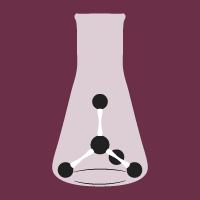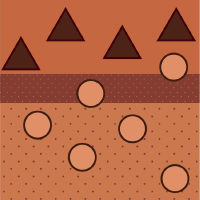Topic Menu
► Topic MenuTopic Editors




Inorganic Thin Films and Membrane Materials
Topic Information
Dear Colleagues,
In the last decades, films and membrane materials have received great interest from the scientific community in a wide range of applications. Inorganic coatings are deposited to an underlying substrate in order to overcome limitations and deficiencies, to enhance its properties and/or add a new function to that substrate. For example, the grown film may provide corrosion protection to a metal (overcoming a deficiency of the substrate) or impart antireflective properties to glass (therefore adding a new function). Moreover, inorganic thin films can be designed as active components in multilayer structures for several purposes. For example, thin film coatings grown on polymeric substrates enhance the performance during exposure to environmental conditions (e.g., UV light, rain, temperature variations) and everyday wear and tear (abrasion damage, chipping, scuffing, etc.). Based on these considerations, inorganic thin films play a leading role in most energy-related technologies, such as conversion and storage energy devices, ceramic membranes for liquid and gas purifications, electronic devices, sensors or magnetic recording technologies. Ceramic and metallic membranes have gained increasing interest in the last decades due to their numerous possible applications, such as wastewater treatment, solvent recovery, desalination, energy conversion and storage devices (fuel cells/electrolysers), hydrogen production and gas separation. Moreover, membranes could be integrated into a reactor system, combining reaction and separation in a single multifunctional apparatus and thus allowing more favorable operating conditions. The most studied materials are carbon, silica, zeolite, various oxides (fluorites, perovskites, tungstates, etc.) and metals such as palladium, silver and their alloys. The aim of this Topic is to provide an overview of the latest results obtained in the field of inorganic films and membranes for energy-related applications, and to highlight possible research directions to further advance the development of these technologies.
Dr. Silvia Maria Deambrosis
Dr. Laura Almar
Dr. Cecilia Mortalò
Dr. Sonia Escolastico
Topic Editors
Participating Journals
| Journal Name | Impact Factor | CiteScore | Launched Year | First Decision (median) | APC |
|---|---|---|---|---|---|

Coatings
|
3.4 | 4.7 | 2011 | 13.8 Days | CHF 2600 |

Inorganics
|
2.9 | 4.0 | 2013 | 12.8 Days | CHF 2700 |

Materials
|
3.4 | 5.2 | 2008 | 13.9 Days | CHF 2600 |

Membranes
|
4.2 | 4.4 | 2011 | 13.6 Days | CHF 2700 |

Nanomaterials
|
5.3 | 7.4 | 2010 | 13.6 Days | CHF 2900 |

MDPI Topics is cooperating with Preprints.org and has built a direct connection between MDPI journals and Preprints.org. Authors are encouraged to enjoy the benefits by posting a preprint at Preprints.org prior to publication:
- Immediately share your ideas ahead of publication and establish your research priority;
- Protect your idea from being stolen with this time-stamped preprint article;
- Enhance the exposure and impact of your research;
- Receive feedback from your peers in advance;
- Have it indexed in Web of Science (Preprint Citation Index), Google Scholar, Crossref, SHARE, PrePubMed, Scilit and Europe PMC.

